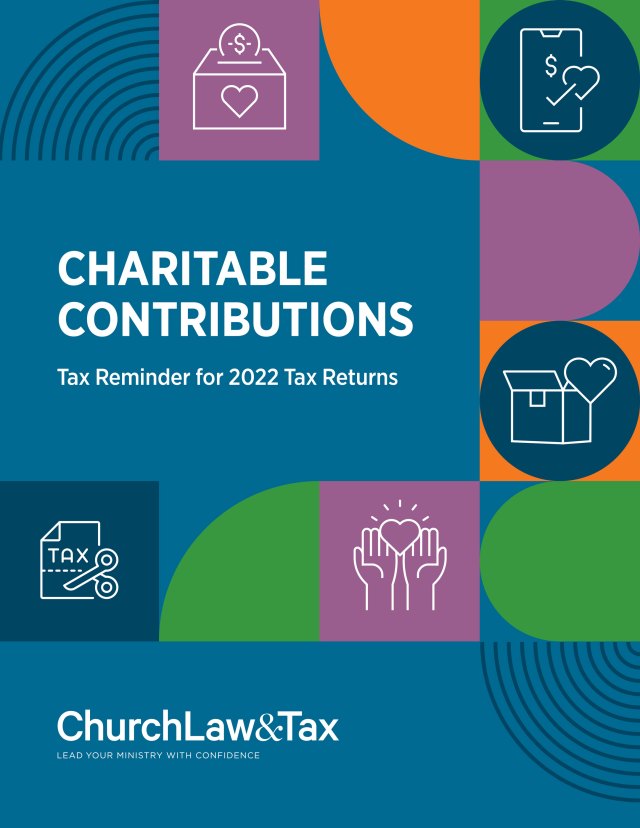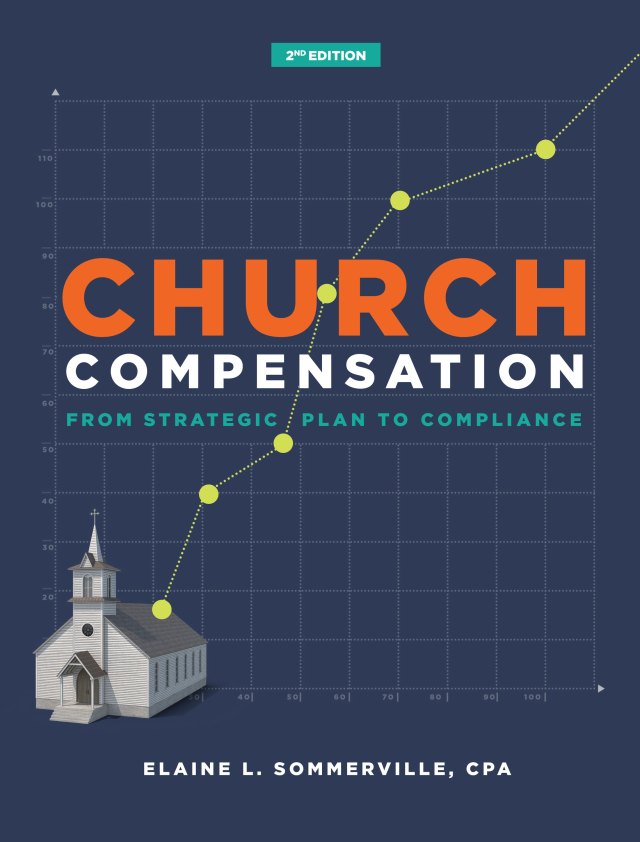The IRS has issued several statistical summaries in recent months. Here is a roundup of some of the key findings:
- Taxpayers filed 143 million individual income tax returns for tax year 2007, an increase of 3.3 percent from the 138.4 million returns filed for tax year 2006.
- Several income items increased significantly during 2007, including taxable interest, ordinary dividends, taxable IRA distributions, and net capital gains, which increased 20.4 percent, 18.9 percent, 18.6 percent, and 16.4 percent, respectively.
- Total income tax rose 9.0 percent to $1.1 trillion. This was the fourth year in a row that total income tax increased.
- For 2007, itemized deductions increased by 8.4 percent to $1,333.0 billion. Interest paid, the largest itemized deduction, increased 11.5 percent to $524.8 billion. Taxes paid, the second largest itemized deduction, increased 7.6 percent to $465.9 billion. The third largest itemized deduction, charitable contributions, increased 3.7 percent for 2007, to $193.6 billion. Most of this increase was from noncash contributions, which went up by 11.6 percent from 2006 to $58.7 billion.
- Itemized deductions were claimed on 35.4 percent of all returns filed. The average for total itemized deduction was $26,374, up $1,351 from the average for 2006. Total itemized deductions increased for 2007 by 8.5 percent, and the number of taxpayers itemizing increased by 2.9 percent from 2006 levels.
- Between 2001 and 2007, the total number of estate tax returns filed fell significantly, due primarily to increases in the estate tax exemption enacted as part of the Economic Growth and Tax Relief Reconciliation Act (EGTRRA) of 2001. However, the number of returns filed for wealthy decedents, those with at least $3.5 million in gross estate, increased between the two years, from almost 9,500 to just over 14,200. Estates of wealthy decedents experienced significant fluctuations in the composition of asset portfolios between 2001 and 2007, based in large part on the performance of the equity and real estate markets. During this period, the percentage of wealthy decedents who left charitable bequests declined slightly, but the proportion of gross estate bequeathed to charity by those who left charitable bequests did not decline significantly. Philanthropic organizations, including private foundations, remained the largest beneficiary of charitable bequests made by wealthy decedents throughout this period.
- In each year between 2001 and 2007, between 42.6 percent and 47.9 percent of the wealthiest decedents left a charitable bequest compared to a range of 20.3 percent to 25.0 percent for wealthy decedents with smaller estates. Overall, there appears to be a slight downward trend in the percentage of wealthy decedents leaving charitable bequests over this period.
- The biggest recipient of charitable bequests from wealthy estates was philanthropic organizations, a fact mainly attributable to large bequests to private foundations. Such organizations received about half of all charitable bequests from wealthy individuals for each year from 2001 through 2007. The next largest recipient of charitable bequests was educational institutions which received between 10 and 17 percent of all charitable bequests during the same period. Bequests to religious organizations represented the following percentages: 6.3 (2001), 4.1 (2002), 4.1 (2003), 3.7 (2004), 4.2 (2005), 4.1 (2006), 4.2 (2007).
This article first appeared in Church Finance Today, May 2010.


